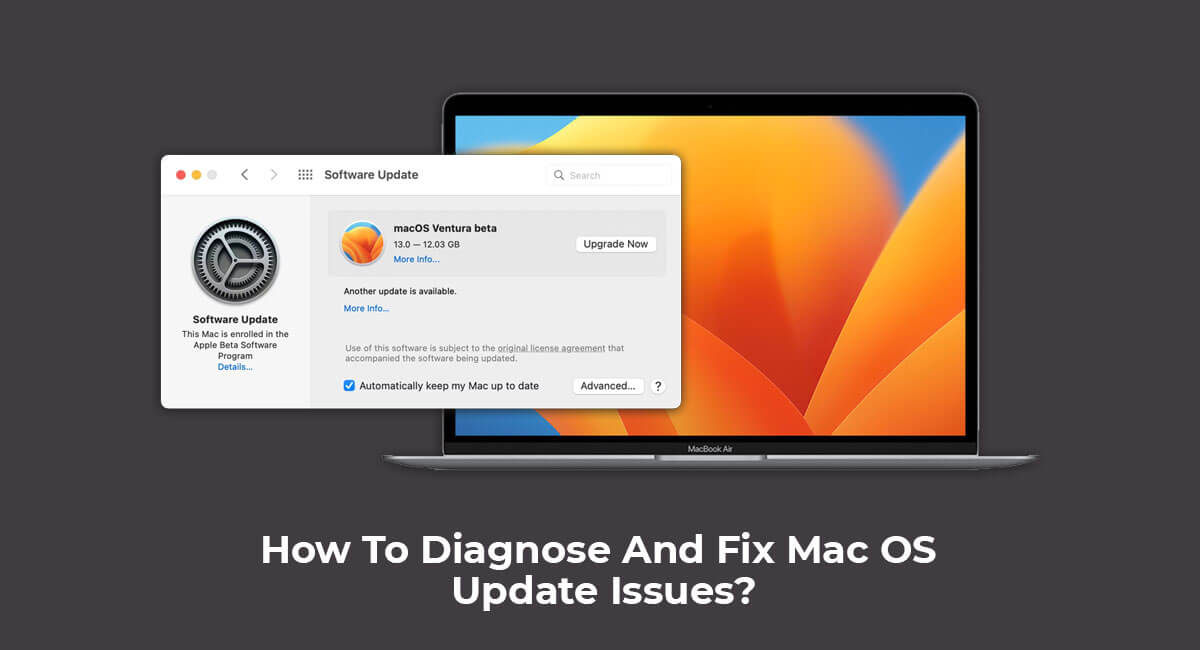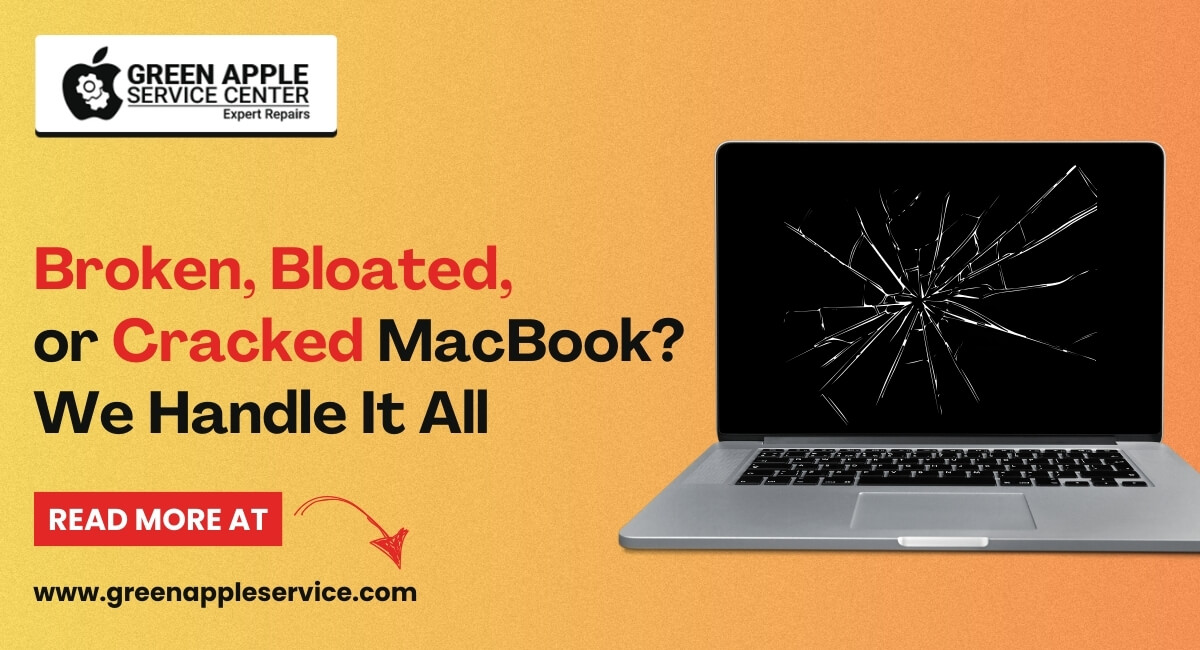How To Diagnose And Fix Mac OS Update Issues?

Keeping your Apple device updated with the latest Mac OS releases is important for maintaining its optimal security and performance. Unfortunately, there are instances when these updates can bring about issues like sluggish system performance, error messages, and compatibility conflicts. If you’re experiencing Mac OS problems, don’t worry. With the right diagnosis and a few simple fixes, you can get your device back up and running in no time.
Here’s how to diagnose and fix Mac OS update issues:
1. Check For Compatibility:
Upgrading your MacOS can bring in a host of exciting new features and performance improvements to your device. However, before initiating the update process, it's essential to ensure that your device is compatible with the latest version. You can conveniently check the compatibility status by visiting the Apple website, where you can find the MacOS version you wish to upgrade to. Apple provides a comprehensive list of all supported devices and their specifications for each MacOS version.
To access this information, simply navigate to the MacOS download page on the Apple website and select your preferred version. On the download page, you can scroll down to the "Requirements" section, where you will find a detailed list of all compatible devices, along with the minimum system requirements needed to run the MacOS version smoothly. If your device meets the requirements, you can proceed with the upgrade process. However, if it falls short, it's best to defer the update and consider upgrading your device or sticking to an older version of MacOS that is compatible with your device.
2. Free Up Storage:
Insufficient storage space can lead to Mac OS update failure, causing your device to slow down and display error messages. To avoid this problem, it's important to ensure that your device has sufficient storage space to complete the update process. You can create additional disk space by deleting unnecessary files, such as old documents, photos, and videos. If you're still facing storage issues even after freeing up disk space, consider upgrading your device's storage capacity. This will provide you with more room to store your files and ensure smooth running of future Mac OS updates.
3. Restart Your Device
When facing issues with upgrading your Apple MacBook, a quick restart of your device can often do wonders. This simple step can resolve several problems and make the update process smoother. To restart your device, all you need to do is turn it off and then turn it back on. This action clears any temporary files or configurations that may cause the update to fail.
However, if you still encounter issues with the update after restarting your device, you may have to perform further troubleshooting steps. These may include checking for sufficient storage space, looking for any interference from third-party software, or reaching out to the manufacturer for additional assistance. In essence, restarting your device is a simple yet useful step to consider when encountering problems with updates.
4. Use Safe Mode:
If you're facing problems with updating your device, using Safe Mode may be a useful solution. Firstly, restart your device, which can help address any temporary issues that may be hindering the update. While your device is restarting, hold down the Shift key until the Apple logo appears, which will initiate Safe Mode. After your device enters Safe Mode, try updating Mac OS again. If the update is successful in Safe Mode, it's probable that a third-party app or process was impeding the update.
If the Mac OS update issue persists, it's time to consult Green Apple Service Center, the Apple service center in Bangalore. Their team of knowledgeable Apple repair specialists is highly experienced in identifying and resolving a variety of Mac OS issues, including update problems.
5. Reinstall The OS:
If you're still encountering problems with the Mac OS update, reinstalling the operating system may be necessary. This process can help address any issues that may be interruption the update, but it's important to note that it will result in the loss of all your data. Therefore, it's important to create a backup of all your essential files before proceeding.
Before reinstalling the Mac OS, ensure that you back up all your crucial data, such as documents, photos, videos, and music. You can utilize Time Machine, iCloud, or an external hard drive to create a backup of your data.
Conclusion
Upgrading your Mac OSX is crucial for maintaining the security and performance of your Apple device. However, updates can sometimes result in problems such as compatibility issues, error messages, or sluggish performance. Fortunately, with a few simple fixes and the right diagnosis, you can get your device back up and running smoothly. Whether it’s checking for compatibility, freeing up storage, restarting your device, using Safe Mode, or reinstalling the Mac OS, there are many ways to resolve update issues.
















